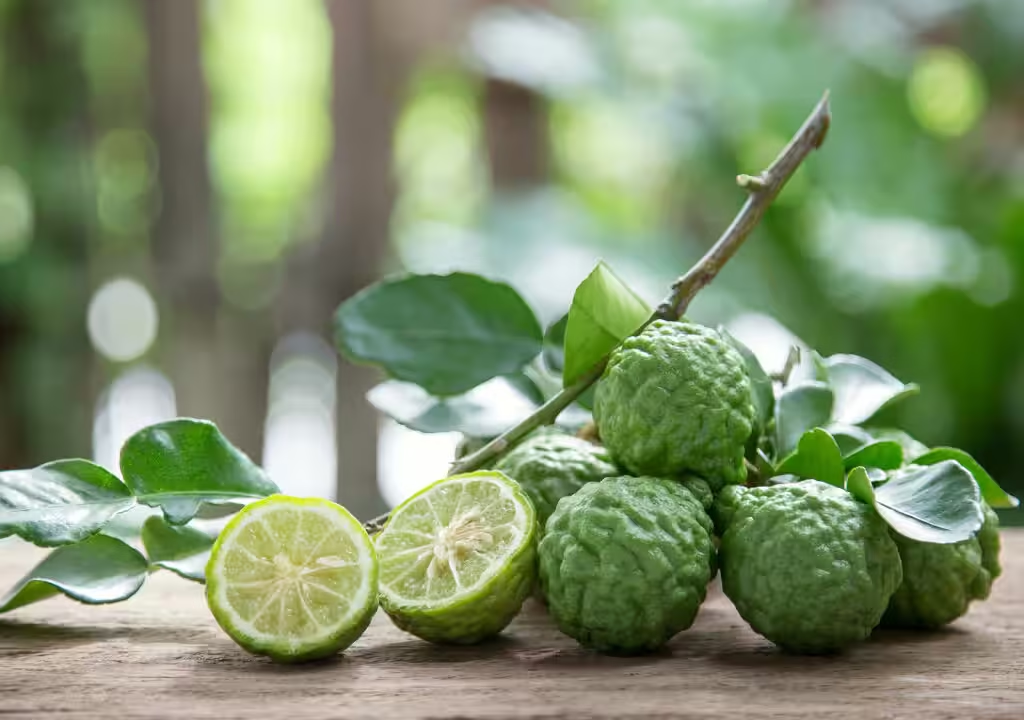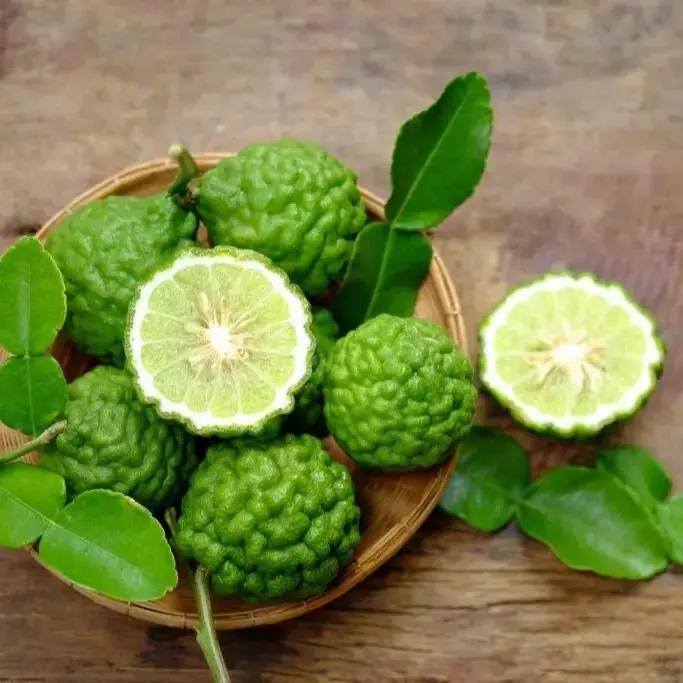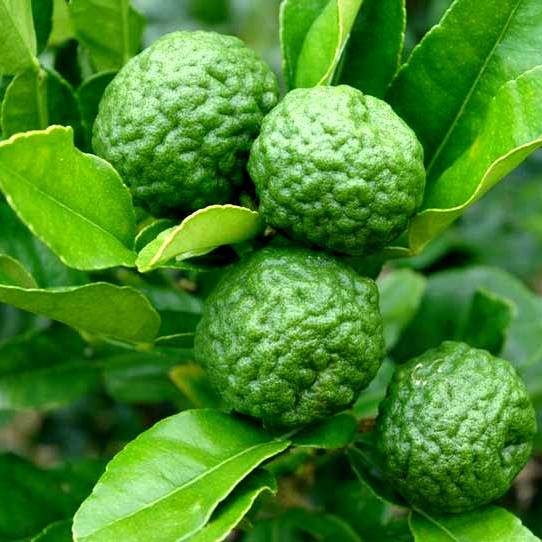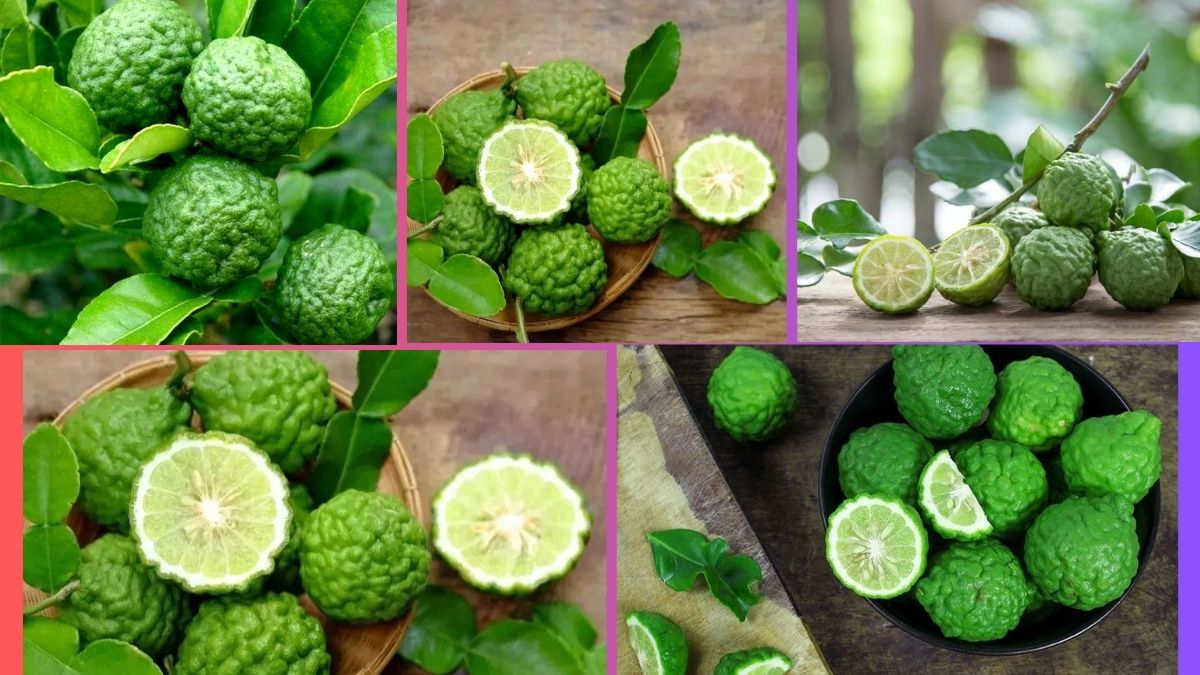Kaffir lime (Citrus hystrix), known in many parts of the world as makrut lime, is a distinct citrus variety cherished for its aromatic leaves, zesty rind, and therapeutic properties. Essential in Southeast Asian cuisines and herbal medicine, the plant thrives in warm, humid climates. While several countries cultivate kaffir lime, Thailand stands as the undisputed global leader in its production and export, particularly of its sought-after leaves.
In this article, we’ll explore the origins of kaffir lime, its global distribution, leading producer nations, factors behind Thailand’s dominance, and the future potential of this unique citrus.
What Is Kaffir Lime?

Kaffir lime is a small, thorny, evergreen citrus tree native to tropical Southeast Asia. Its unique features include:
- Dark green, double-lobed leaves, rich in fragrant essential oils.
- Rough, bumpy green fruit, used primarily for its zest and oil.
- An important role in culinary dishes, like Thai Tom Yum soup, Indonesian Rendang curry, and Cambodian Kroeung paste.
- Traditional medicinal applications, such as aiding digestion, promoting oral health, and serving as an insect repellent.
The plant has expanded beyond its native regions and is now grown in parts of Africa, the Caribbean, and Central America. However, the commercial production scale varies greatly worldwide.
Global Distribution of Kaffir Lime Production

Though the kaffir lime tree is adaptable and grown in multiple tropical and subtropical countries, a few nations stand out:
- Thailand — The largest global producer and exporter.
- Indonesia — Major regional supplier, with substantial domestic consumption.
- Malaysia, Vietnam, Cambodia — Cultivate for local markets.
- India, Sri Lanka — Grown in specific southern regions.
- Madagascar, Kenya, and Nigeria — Small-scale farming, primarily for local herbal and culinary use.
- Caribbean nations — Limited backyard cultivation and boutique herb gardens.
Despite this broad presence, none match Thailand’s industrial scale, agricultural integration, and export infrastructure.
Why Is Thailand the Largest Producer?

Thailand leads the world in kaffir lime production for several important reasons:
Native Habitat and Ideal Climate
Kaffir lime is indigenous to Southeast Asia, and Thailand’s climate offers optimal growing conditions:
- Average temperatures between 25°C and 35°C.
- High humidity levels year-round.
- Well-drained, slightly acidic soils.
These natural advantages allow kaffir lime trees in Thailand to flourish without extensive intervention.
Deep Culinary and Cultural Integration
In Thailand, kaffir lime leaves are a staple ingredient in:
- Soups and curries
- Herbal teas and tonics
- Spicy stir-fries and dipping sauces
This culinary importance ensures high domestic demand, encouraging widespread cultivation. The fruit’s zest and juice also find their way into traditional medicine, hair rinses, and cleaning solutions.
Large-Scale Commercial Farming and Smallholder Systems
Thailand’s kaffir lime production combines:
- Smallholder farms, often intercropped with other fruits.
- Commercial plantations supplying urban markets and exporters.
This dual system ensures both volume and variety, meeting domestic needs and fulfilling international orders.
Strong Export Infrastructure
Thailand has developed robust post-harvest processing systems:
- Grading, drying, and vacuum-packing kaffir lime leaves.
- Cold chain logistics for fresh produce.
- Compliance with strict international sanitary standards, particularly for exports to the EU, Japan, and Australia.
As a result, Thailand supplies around 60-65% of the global kaffir lime leaf exports annually, according to trade and customs data.
Export and Production Statistics

While exact figures for total global production are limited, estimates indicate:
- Thailand produces over 400,000 metric tons of kaffir lime leaves and fruit annually.
- Approximately 25,000–30,000 metric tons are exported every year, primarily in dried, fresh, and frozen forms.
- The largest export destinations include the United States, Japan, Australia, Germany, and the UK.
Indonesia, while the second-largest producer, primarily supplies its domestic markets, with modest exports to neighboring countries like Singapore and Malaysia.
Comparison with Other Kaffir Lime Producers
| Country | Production Role | Export Capacity |
|---|---|---|
| Thailand | Global leader in both leaf and fruit production | Extensive, dominates global trade |
| Indonesia | Significant regional supplier, high domestic use | Modest, mainly to Malaysia and Singapore |
| Vietnam | Limited to domestic markets | Minimal |
| Malaysia | Culinary and household use | Very limited |
| Madagascar, Africa, Caribbean | Small-scale niche farming | Negligible |
Other Uses Beyond Cuisine

Kaffir lime’s value extends far beyond the kitchen:
- Essential oil extraction from leaves and rinds, used in aromatherapy and cosmetics.
- Natural household cleaners made from its zest.
- Traditional medicine in Thailand, Cambodia, and Indonesia for digestive, anti-inflammatory, and dental care purposes.
Thailand also leads in processing kaffir lime byproducts, producing oils, tonics, and beauty products for export markets.
Challenges and Future Prospects
Challenges
- Short shelf life of fresh leaves and fruit.
- Seasonal harvest fluctuations affecting prices.
- Pest and disease management, especially in monoculture plantations.
- Global name sensitivity — the word ‘Kaffir’ is considered offensive in parts of the world. Hence, ‘Makrut lime’ is increasingly used in export branding.
Opportunities
- Rising global popularity of Thai cuisine.
- Growing demand for plant-based wellness products.
- Expansion of organic farming certifications for premium markets.
- Diversification into value-added products like leaf powders, essential oils, and herbal supplements.
Thailand’s strategic investment in processing facilities and export capacity positions it to benefit from these trends.
Conclusion
In conclusion, Thailand is unequivocally the largest producer of kaffir lime globally, contributing the majority share of both leaves and fruits in international trade. The country’s natural advantages, deeply rooted culinary traditions, efficient farming systems, and developed export infrastructure have secured its place at the top.
While Indonesia and a few other Southeast Asian nations play important regional roles, they remain far behind Thailand in terms of scale, export volume, and market reach. As global interest in exotic citrus fruits, health-focused products, and Southeast Asian cuisine grows, Thailand is well-positioned to further consolidate and expand its leadership in the global kaffir lime industry.





